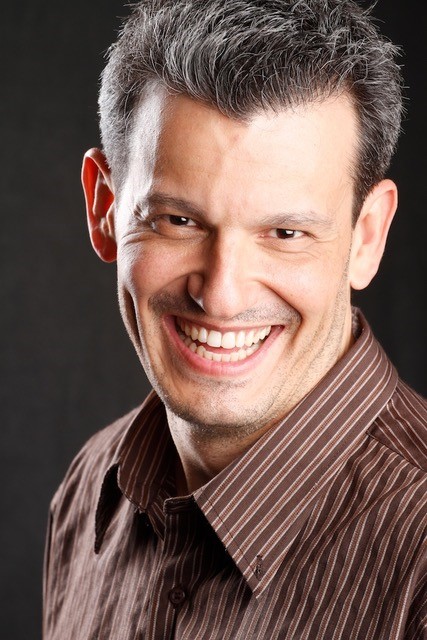The PDCA Continuous Improvement Cycle
 Have you ever heard of a continuous improvement cycle called the PDCA cycle? I am sure most of you who have already studied a little bit of business management have certainly come across this acronym before. But for those of you who haven’t studied any business theories, PDCA is an acronym that stands for Plan-Do-Check-Act. These are the four stages of this continuous improvement cycle that can be applied in business and in our personal lives as well.
Have you ever heard of a continuous improvement cycle called the PDCA cycle? I am sure most of you who have already studied a little bit of business management have certainly come across this acronym before. But for those of you who haven’t studied any business theories, PDCA is an acronym that stands for Plan-Do-Check-Act. These are the four stages of this continuous improvement cycle that can be applied in business and in our personal lives as well.
But what does this cycle have to do with teaching? Well, the PDCA cycle works with pretty much any project or task, personal or professional, that you wish to constantly improve by applying any corrections noticed and starting the cycle again. So, think of your lessons, for example. Are you able analyze your own teaching and be impartial enough to criticize your own lessons and establish areas for continuous improvement? If you are good at noticing and pointing out your own flaws and areas for improvement, then, the PDCA can sure help you constantly improve. Ok, but how? Well, let’s take a quick look at each of the stages of a PDCA continuous improvement cycle.
The PDCA Cycle Stages
Plan: This is the stage where you plan what you are going to do. In the case of a lesson, this is where you either create or study the lesson plan you will teach.
Do: This is obviously the stage where you actually execute what was planned, according to the plan. In the case of a lesson, that’s the actual teaching of that lesson according to the lesson plan you created or studied in the Plan stage.
Check: That’s where you analyze what you did and check whether what you planned and executed was really the best way to do that task or project. It’s always best if you can count on a coach to help you identify areas of improvement, but in the case of teachers that don’t have anyone to watch their classes for feedback, this also works as a self-assessment tool, where the teachers themselves would have to criticize their own lessons and find areas for improvement.
Act: This is where you take action to correct the areas of improvement that have been pointed out in the Check stage. In the case of a teacher, this is where they would think about alternatives for the issues noted out in the Check stage. Then, they go back to the Plan stage again and do the same every time they teach that lesson.
What I consider really interesting about the PDCA continuous improvement cycle is that it can be used for improvements in your professional and personal lives, projects or tasks. So, can you see any benefits in applying the PDCA continuous improvement cycle in your teaching? What about your life projects? Please, let us know what you think.






